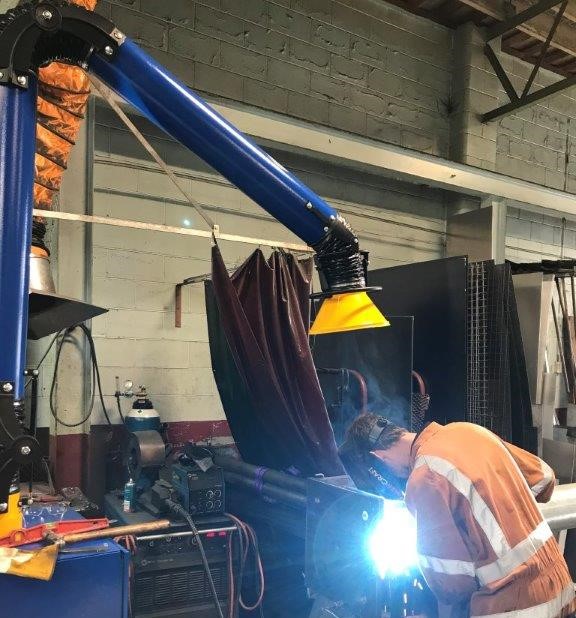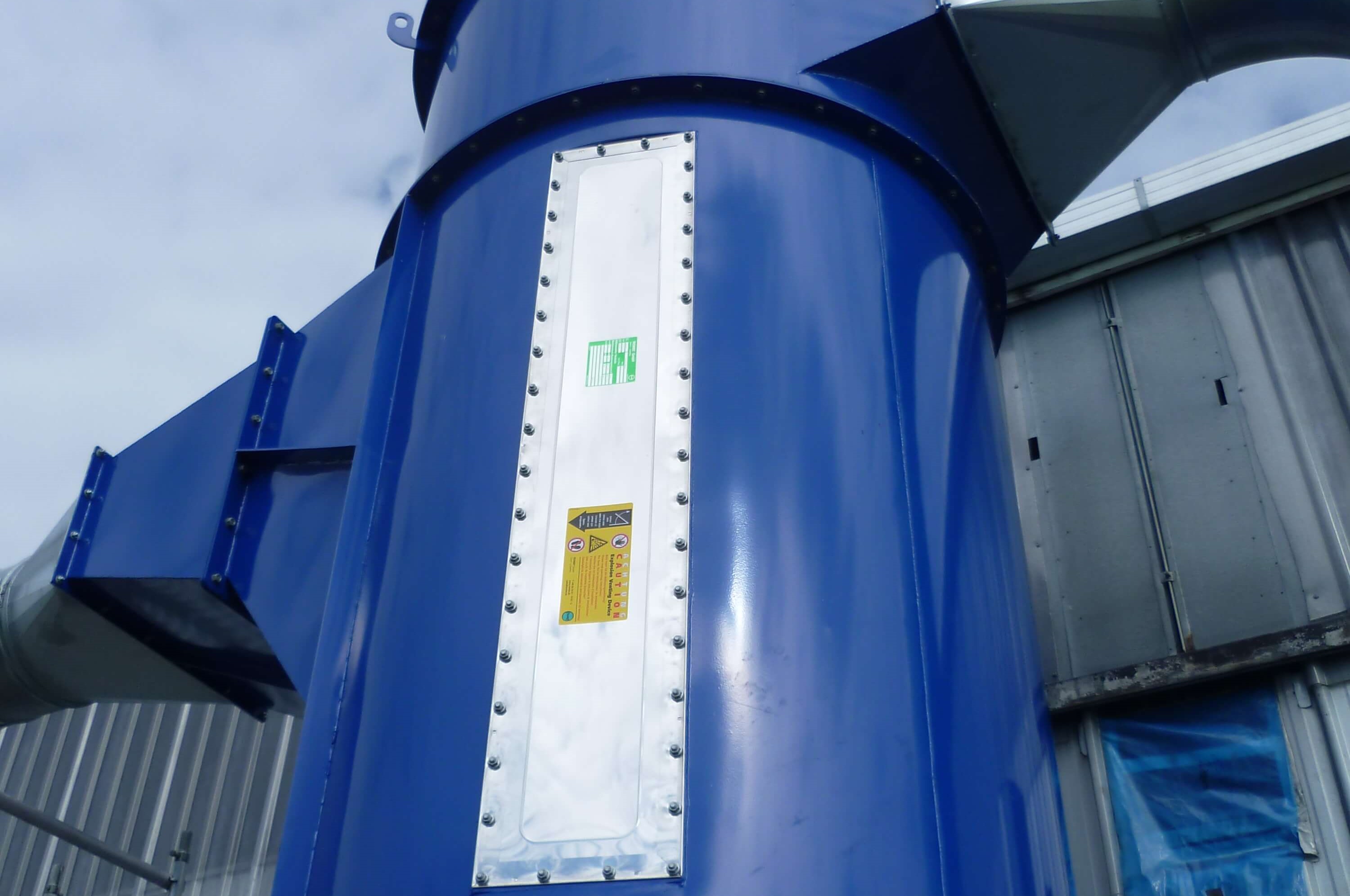
What size Dust Filter do I choose for dust extraction?
What Size Dust Filter to Choose for Dust Extraction
All dust extraction systems are the same, but as dust filtration solutions they vary in size, performance, and complexity. The dust collector best for your use, depends on the type of dust, and the amount of air and dust passing through.
All dust extraction systems with filtering socks or cartridges, work in the same basic way: the dust is carried by the airflow to enter the dust filter unit, then the dust hits the filter material (socks or cartridge) and is trapped. The air passes on through the material, and is cleansed before being released to atmosphere.
Left on the surface of the cleaning material is a fine coating of dust known as the ‘Dust Cake’. This is a vital part of the filtering process. This ‘Cake” on the filters increases the efficiency of the filtration. Don’t clean it off!
We see customers who have been told that if they have dust on the inside of their filters they need ‘cleaning’. This is mistaken advice or a ruse to part you from your money by being quoted for new filter socks!
Leave the Dust Cake on the filters, it’s supposed to be there.
What size dust extraction unit is best?
The more air and dust you want to cleanse, the larger filter unit you need.
This is common sense, otherwise, all dust extraction filters would be the same size: small and cheap!
If you reduce the filter area, the velocity that the dust hits the filter sock (or cartridge material ) increases. i.e if you have a dust collector with 50m2 of filter socks, then it has to work twice as hard as a unit with 100m2 of filter socks.
As you increase the workload, the velocity on any given filter area increases. If the dust hits the material too fast, the Dust Cake starts to form deeply inside the fabric, (instead of on the surface), reducing airflow and suction.
So, the bigger the filter area, the less problems and the longer it will last before becoming blocked.
Is the Dust Type Important ?
If you want effective dust extraction, know your dust type, as different dusts require different amounts of filter material to clean them. This is the Cloth to Air Ratio. (The air flow in m3 is divided by the filter area in m2 to give the ratio).
Cloth : Air Ratio = airflow m3 ÷ filter area m2
i.e. A fan blowing 10,000m3 of air and dust per hour into a filter,
with 100m2 of filter sock material
has a Cloth to Air ratio of 100/1.
Cloth/Air Ratio =10,000m3/100m2 = 100/1
Each square meter of filter has to clean 100m3 of air, each hour.
Some dusts require higher cloth amounts to filter than others- large wood chip can be more easily cleansed than fine MDF dust for instance. In a basic bag house, you might use a cloth to air ratio of 120/1 for wood chip but maybe 80/1 or less with MDF dust.
Dust Quantity
The quantity of dust also affects good dust filtration. A filter being asked to remove a 40’ container load of dust and hour needs to be larger than one producing a cup full, all other things being equal.
Of course, larger volumes require larger filters and eventually they become so large as to be in-practical – so the filters need help with dealing with the dust – ie Different Types of Filter Cleaning Systems.
Successful dust extraction solutions that will work efficiently long after they are installed, need to be specified by qualified experienced technicians, to ensure you are not left with a short term fix just because initially it seemed cheaper. Ask us to help size your dust extraction solution correctly - we are doing this everyday, and our staff visit (and are trained by) our European suppliers to give you the best solution your budget will meet.





